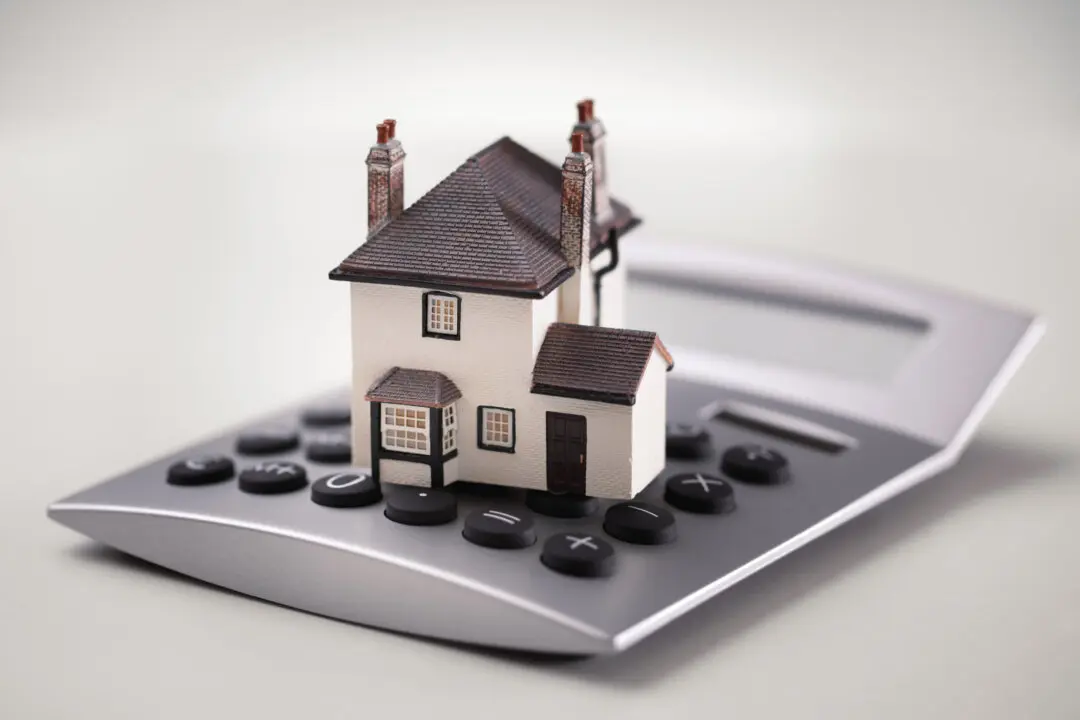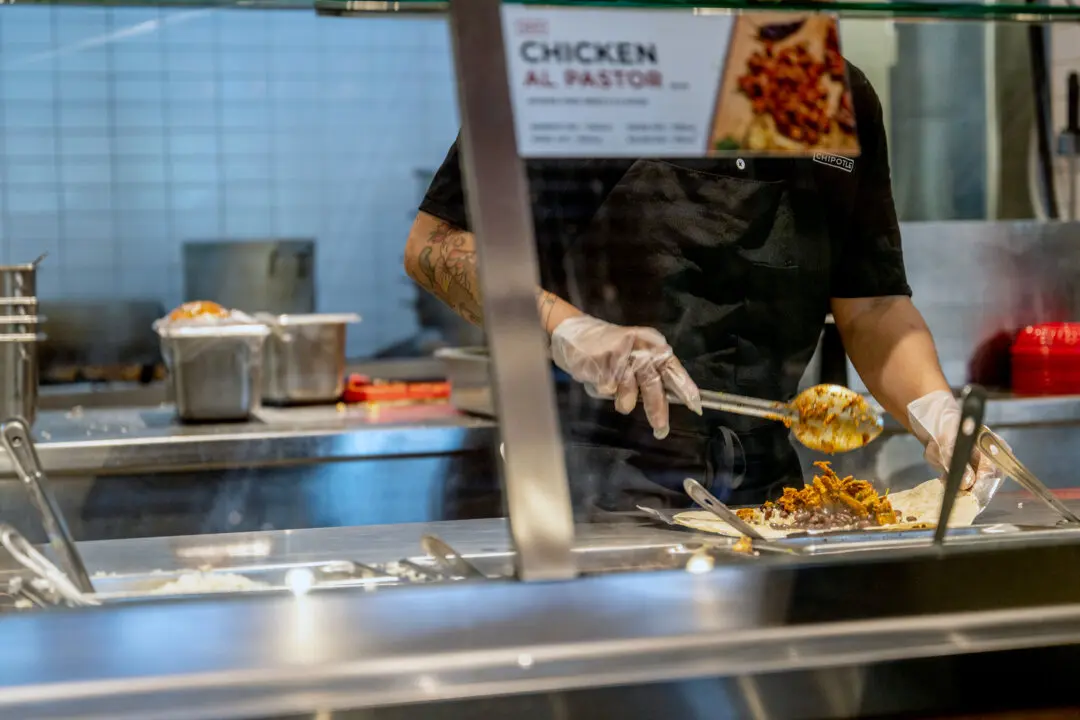By Sarah Brady
From Kiplinger’s Personal Finance
Buying a new car is far more expensive than it was just a few years ago. In June 2024, the average transaction price for a new car was $48,644, compared with $38,530 four years earlier, according to automotive-research company Kelley Blue Book.






